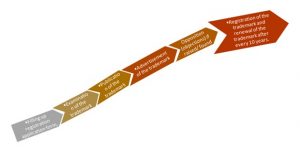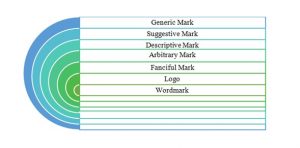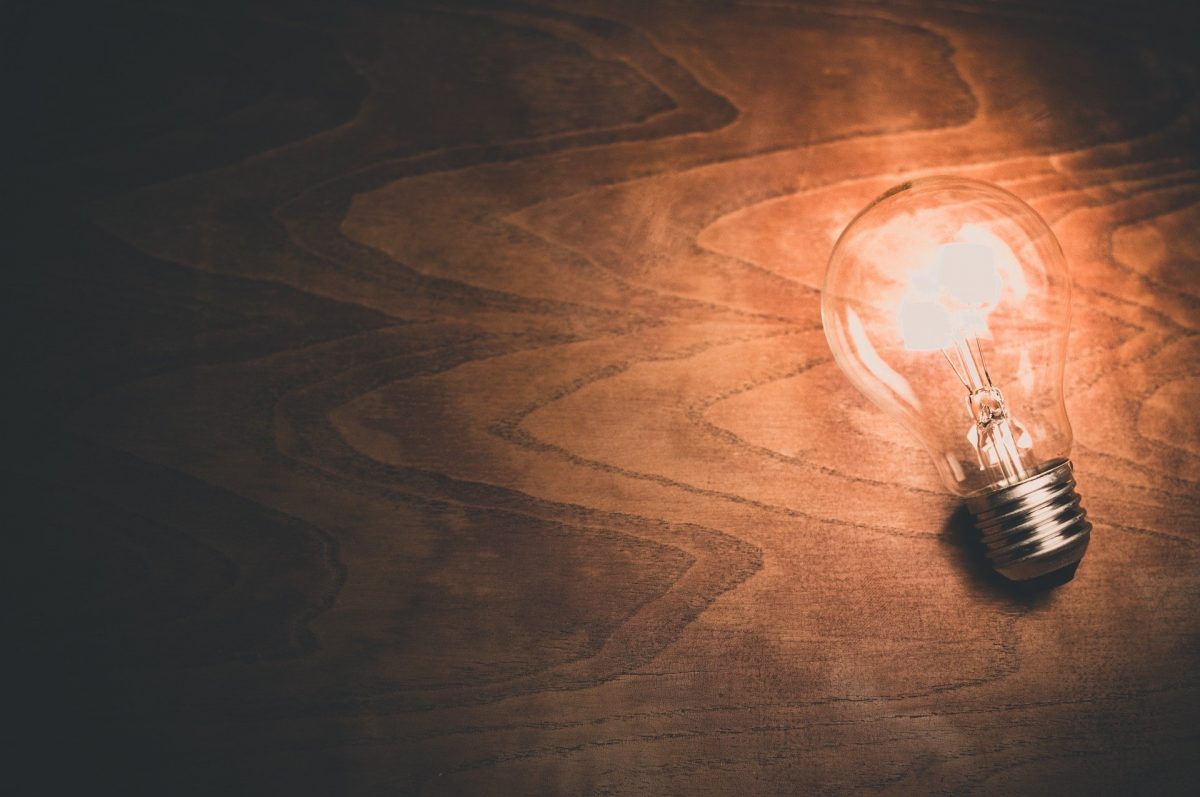By: Himali Sylvester
Introduction
It has often been espoused that homo sapiens are inherently ‘possessive’ in nature. In other words, it could be said that human beings are born with the unique ability of ‘claiming’ possession over materials. It was not too long ago that the discourse of property and possession unfolded. The two erudite minds in the 17th century, Jean Jacques Rousseau and John Locke both discussed property in starkly different ways. Rousseau contemplated that the need for property is not an inherent human characteristic and that it is a product of ‘general will’ sanctioned by the State.[1] On the other hand, John Locke strongly condoned that those human beings in the state of nature are governed by human reasoning with a deep-seated need to assert control over what they believed to be their own.
Consequently, when this certain ‘own’ was taken away from an individual, she felt the need to protect it and therewith arose the concept of ‘right’. Such individual right received the consent of the community and became moral right and eventually, with the sanction of the state, such right transcended to become a legal right. For a large part of history however, the idea or notion of possession was confined to only tangible objects -to actual physical possession -to that which a man might pass from hand to hand. It is only in the dawn of history, with the palpable advent of literature and printer, that rights over intangible property came to be realised.
The Greeks
The Greek contribution to drama and literature cannot be undermined. One cannot help but be reminded of Homer and the rhapsodists who cannot ever fade from human memory. It must however, be prudently noted that rhapsodists published their poems by word of mouth and the spoken poem flew away with the voice of the speaker and lingered only in the memory. Even when the poems and proses were translated to writing, after paper made it possible to preserve the labours of the poet and the historian, these authors had not any thought of making money by multiplying copies of their works, yet. The dramatists in Rome felt quite content with the compensation they had received and thus, the question of rights over the theatrical performance did not particularly arise. At the time, there was a notable trend of transcribing drama into text and of making copies of popular proses. While authors complained about the mangled translations, they still hadn’t realised that wide-spread copying and transcription of their intellect was in some way a moral wrong. In fact, some authors considered it a matter of ‘honour’ to allow their literary labour to be widely circulated.
Advent of the Printing Press
It was only after Gutenberg had set up as a printer, that the possibility of definite profit from the sale of the works of the author became visible to the author. Until then authors had felt no sense of wrong. With the invention of printing, there was a chance of profit and as soon as the author saw that this profit diminished by an unauthorised reprint of her work, she felt conscious of the injury caused and thus, protested against it in as many ways as possible. With time, public will be inclined towards the authors and some sort protection was granted to them in the form of ‘copyrights’, by penalising ones that seek unauthorised copies of an author’s work.
The World Order
Traces of copyright grants can be seen in many European states, i.e the then divided continental Europe. The Senate of Venice issued an order, in 1469, that John of Spira should have the exclusive right for five years to print the epistles of Cicero and of Pliny[2]. This privilege was an exceptional exercise of the power of the sovereign state to protect the meritorious work of a worthy citizen. It granted only a limited protection for about two literary works. But it established a precedent. A precedent which has been carried down over centuries so much so that for four hundred years now, any book published in Venice is, by international conventions, protected from pillage for a period of at least fifty years.
In 1491, Venice gave Peter of Ravenna, and the publisher of his choice, the exclusive right to print and sell his Phamnix,3-the first recorded instance of a copyright awarded directly to an author. Germany issued its first copyright at Nuremberg in I501. France covered that privilege only for one edition of a book and if the book was sent for a next edition, a second patent had to be obtained.
Early Days of England
The King’s supremacy in England accorded certain privileges to authors and publicists that the sovereign considered sacred and important. In 1518, the King’s Printer by the name Richard Pynson, issued the first book cum privilegio. The book’s title page declared that no one else should print or import in England any other copies for two years. Further, in I530, a privilege for seven years was granted to John Palsgrave as commensuration for the value of his work and the time spent on it. This event has been noted as the first recognition of the nature of copyright as furnishing a reward to the author for his labor in England.
Wynkyn de Worde in the year 1533 procured the sovereign’s protection for the second edition of his book, Witinton’s Grammar. Ten years prior to that, the first edition of Worde’s book had been released which during the decade had again been reprinted by Peter Trevers without authorisation. Protesting against the despoilment, Worde in his subsequent editions vigorously condemned Trevers’ actions and on account of that, Worde applied and secured protection for his works. This is another notable example of copyrights unfolding in England.
Timeline of Statutory Development
|
Details |
Dates |
|
Star Chamber Decree supporting copyright |
1637 |
|
Ordinance of the Commonwealth concerning licensing was pronounced. Copyright was subordinate to political objects. |
1643 |
| Licensing Act
The Act enacted gives copyright coupled with license. |
1662 |
|
British Statute of Anne First Copyright Act was enacted. Copyright to be for fourteen years, and if author then alive, for fourteen years more. Conjointly, the author possessed the power to regulate price |
1710 |
| Copyright to be for twenty-eight years absolutely, and further for the life of the author, if alive |
1812 |
|
Fine Arts Copyright Act Copyright to be for the life of the author and seven years longer, or for forty-two years, whichever term last expires. |
1842 |
|
The Copyright Act |
1911 |
Statutory Development
The Printers and Binders Act,1534, banned the import of foreign works and enabled the Lord Chancellor to limit the price of books. A charter was granted by Philip and Mary in 1556, intending to prevent the propagation of the Protestant Reformation. The Stationers’ Company received its Royal Charter which gave the company the power to decree who could print books. It also granted the company the right to seize illicit or pirated works[3]. Further censorship was introduced by Henry VIII who required that all books should be approved before publication.
In another instance, the famous ‘Decree of Star Chamber concerning printing’ issued in I637 set forth the following:
‘that no person or persons whatsoever shall at any time print or cause to be imprinted any book or pamphlet whatsoever, unless the same book or pamphlet, and also all and every the titles, epistles, prefaces, poems, preambles, introductions, tables, dedications and other matters and things whatsoever thereunto annexed, or therewith imprinted, shall be first lawfully licensed.’
- Licensing Act
The Licensing Act of 1662 conferred upon the company the right to sue for any infringement.
To bestow such a right, a register of licensed books was maintained wherein certain members were accorded the powers to search and seize books that were not licensed. Understandably, the Licensing Act could not operate for too long as it failed to distinguish between intellectual piracy and physical piracy.
- British Statute of Anne
With the enactment of the Statute of Anne, 1710, first time in British history, ‘copyright’ was statutorily recognised as a legal right. It afforded security and entitlement upon authors with the intention of promoting extensive learning.
Key requisites of the Act
- As per the provisions of the Act, the Author of a book yet to be printed shall have the sole right printing for 14 years and if the author survives the 14 years, an additional 14 years of the aforesaid right shall be granted to him.
- Infringers must forfeit the infringing books found in their custody and shall be fined with half amount to be paid to the crown and the other half to the plaintiff.
- Only books entered for publication in the ‘Register Book’ of Stationer’s Company can be sued for infringement.
Precedents
- Bach v. Longman[4]
Brief Facts – The case discussed on the issue of whether or not printed music fell within the purview of copyright protection as conferred by the Statute of Anne.
Ratio Decidendi- It was held by the Court that printed music fell perfectly within the scope of protection granted by the Statute of Anne.
- Gyles v. Wilcox[5]
Ratio Decidendi – The doctrine of fair abridgement was propounded for the first time in UK history. The main discourse in the case revolved around whether or not an abridgement of copyright inherently constituted copyright infringement, or whether they could qualify as a separate, new or derivative work. The Justice ruled that abridgement fell under two categories:
- True abridgements
- Coloured shortenings
True abridgements include a genuine effort shown on the part of the editor to constitute a new work which is not intended to infringe upon the copyright of the original.
- Walter v. Lane
Brief Facts – Certain reporters working for The Times newspaper took down some notes during a series of speeches delivered by the Earl of Rosemary, a renowned politician. The verbatim speeches were then transcribed and published in the newspaper, The Times. Using these published speeches with verbatim quotes from the paper edition, the respondent published a book. The issue was whether journalists have copyrights.
Ratio decidendi – The court held that the reporters were authors under the Copyright Act 1842. The effort, skill and time that spent was sufficient to make them original. According to Lord Brampton, writing reports required considerable intellectual skill and labour beyond the mere mechanical operation of writing.
- Fine Arts Copyright Act and Copyrights Act
As the name suggests, the Fine Arts Copyrights Act extended the terms of copyright to fine arts as well. Fine arts would include music, dance, paintings etc. Successively, the Copyright Act of 1911 was passed which consolidated all protections with respect to the Berne Convention and the salient features of Act included:
- Extension of term of copyright to life and 50 years posthumously.
- The need to register in the ‘Register of Stationers’ to receive protection was done away with
- Work that remained unpublished is also entitled to protection
- The Act includes all forms of arts such as literature, painting, music, photography etc.
Current Regime
- Copyright, Designs and Patents Act, 1988
Currently, copyrights in UK is governed by the Copyright, Designs and Patents Act enacted in 1988. For copyright to subsist the literary, dramatic, musical and artistic work must adhere to the ‘originality’ criterion. Obviously, such work should not be copied from another and must be produced based on individual skill, judgement and own work. Additionally, the work must be recorded in writing and must meet the UK qualification of nationality of the author or the requisite of ‘place of first publication’. The copyright should not have already expired.
It has often been said that the aforementioned statute provides a close list of works that can claim copyright. However, in the decision of Brompton Bicycle Ltd. v. Chedech[6] it was held that a close list may not always be efficacious in the protection and enforcement of copyright. In another landmark case of Express Newspapers v. News (UK) Ltd[7] , the precedent set in Walter v. Lane was upheld, reiterating that journalists are also authors.
- Duration of Copyright Protection
Terms of protection include:
- For literary, dramatic, musical and artistic works for a period of the author’s life and 70 years after her/his death.
- For computer generated literary, dramatic, musical and artistic works copyrights subsists for 50 years from the end of the calendar year in which the work was made.
- In a film the copyright expires 70 years after the last date in the calendar year of the death of the principal director, the author of the screen play and the composer of music, if any in the movie.
- Copyright in a sound recording ends 50 years from the last day in the calendar year that it was published.
- Copyright in broadcast also subsists fro 50 years from the end of calendar year in which it was published.
- Copyright in the typographical arrangement of published edition expires at the end of 25 years from the end of calendar in which the edition was first published.
Landmark Case Law pertaining to a Current Discourse
Temple Island Collections Ltd v New English Teas Ltd[8]
Brief facts – The Claimant’s photograph was a picture of a bright red bus with the Houses of Parliament and Big Ben in black and white in the backdrop. Additionally, Westminster Bridge, and the river in black and white was present in the foreground. The Defendant used a similar photograph in their souvenir products, just that the picture was taken from a different angle. The claimants sued the defendants for infringement of copyrights.
Judgement – Judge Birss found that the Defendant’s photograph infringed the Claimant’s copyright in its photograph.
Discourse – The decision raised several questions in the legal fraternity and its potential impact on what is known as the stark difference between idea and expression. The English Courts have recognised a principle in copyright cases which embraces the idea that a line should be drawn between the idea behind a work, which tends not to be protected by copyright, and the expression of that idea, which can be protected. It has often been contended by many commentators hat, in the aforementioned circumstance it was the idea that was similar and not the expression of it and hence, the defendants cannot be sued for copyright violation.
Conclusion
The copyright system adopted by UK dates back to a gradual development and evolution that took place over many centuries. The current system is an aggregate and consolidation of various principles, ideas and rules that evolved overtime to protect the intellectual labour of creative authors and it is no doubt that it was the English-speaking race that persevered for the first time to change the special privilege of copyright to a statutory right that today governs all ‘useful works of art’.
[1] Matt Schrage, Rousseau and Locke on property and state, MODERN POLITICAL THOUGHT (Apr. 17, 2021, 9:50 PM IST), https://blogs.harvard.edu/mattschrage/2018/04/26/rousseau-and-locke-on-property-and-the-state/.
[2] Brander Matthews, The evolution of copyright, JSTOR (11-04-2021 21:48 UTC ), https://www.jstor.org/stable/2139530.
[3] The UK Copyright Service, https://copyrightservice.co.uk/copyright/history-copyright (last visited Apr.17, 2021).
[4] 2 Cowper 623 (1777).
[5] (1740) 26 ER 489.



